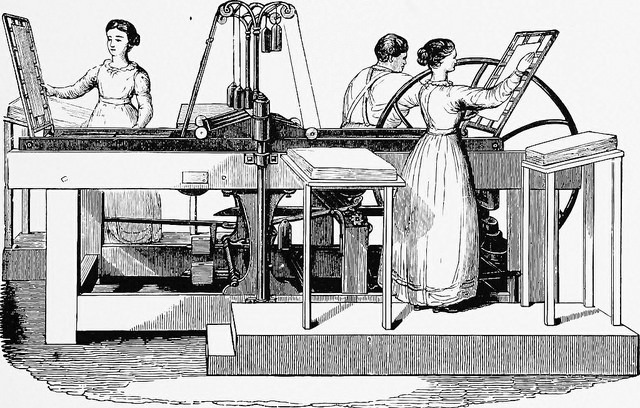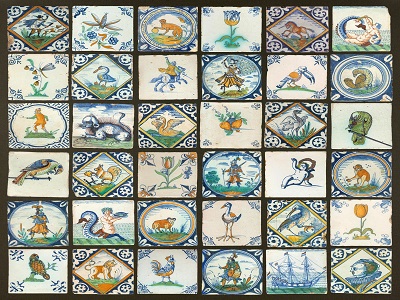Why Do We Multiply?
Everyone knows what a Platypus looks like, can envision the rings of Saturn, imagine a blue whale, ‘knows’ how lava flows, or even search for an X-ray scan of a Masai warrior’s chest. From the cradle to the grave we are bombed with visual input. With each image that rushes into our world our concept of the world grows. There is practically nothing we did not see before. Nothing we can not imagine. What can be known is shared. Even in real time. We obviously have a desire to pass on what we see and hear, a need for news, a passion to multiply.

Life is Sharing by A. Levine. Source: Flickr Creative Commons Licenced (BY-SA)
Sharing culture
It looks like the image has gained power over the written word with the rise of the internet. Where we used to read articles we now prefer an info graph. A good press picture is as powerful as a journalistic report. Why do we prefer images over text these days? One explanation is that an image is easier to share. It is more practical as a way of communicating with the world. When we see or hear something new we want to share this fact with our friends or who ever wants to listen. Visual information simply takes less processing time and is easily absorbed in the midst of the information overload. It is easier to digest. Thanks to modern distribution techniques sharing never was easier. An image can be multiplied by pressing a button.
Power to the image
The steady growth of the power of the image did not happen overnight. Visual culture experienced several revolutions. There seems to be a relation between the desire for news and the art of printing. More specific, we are referring to the art of multiplying. People set out by manually copying on a small-industrial scale. Then there was the invention of printmaking like engraving woodcuts, lithography, followed by working with rotary presses, photography, film and motion picture, television, the digital image, and finally the ubiquitous ability to create images and immediately share them with the whole world through the internet. Apart form all kind of psychological aspects, one of the main reasons we share our images with the world because we can. Because we have the techniques.

image from page 14 of “A short history of the printing press and of the improvements in printing machinery from the time of Gutenberg up to the present day”. Source: Flickr creative commons
News
In the past, let’s say in the Middle Ages, images were rare. A man knew the faces of his fellow villagers, the local landscape with its buildings and animals in it. The only variation on the images of the familiar surroundings formed the predictable change of the seasons. Maybe he saw a stained glass window in the local church, a painting or fresco, a pair of saints or a tapestry. New visual input was rare. News in general was an extraordinary thing. News usually came in the form of spoken word, storytelling, songs and gossip. Nowadays we consider visuals also as news. Visually, news could be a new face to watch, perhaps a strange pair of trousers or unknown keel or cap to stare at, and stories from behind the horizon to listen to.
Hunger for news
One can imagine that the hunger for visual input due to lack of outside impulses led to intense studies of things and creatures that were available in the direct surroundings. The average person in the Middle Ages may have known in detail all trees, plants, animals and people in his habitat. Botanists and travellers drew in detail what they saw. Most imagery was religious or scientific by origin. It did not take long before popular images were reproduced by copyists in monasteries and studios. By hand. This changed radically with the invention of the printing press in the 14th century. Pamphlets, prints and illustrated books spread over Europe. With the books and illustrations a world of ideas also spread. Like in today’s FB updates, people wanted to share their view on the world.
So we share our images with the world because we have the technique. Thanks to modern distribution techniques sharing never was easier. The techniques are constantly renewed but the need to share news and things that surprise us or emotionally hit us, remains the same. Did anything really change?
Every now and then Zart invites a guest writer to say something about art, printmaking, graphic design or photography. This week we are highly indebted by by Joep Zijp for his contribution. Joep whas journalist and editor for several media and worked for publishing house Sanoma among others.


























